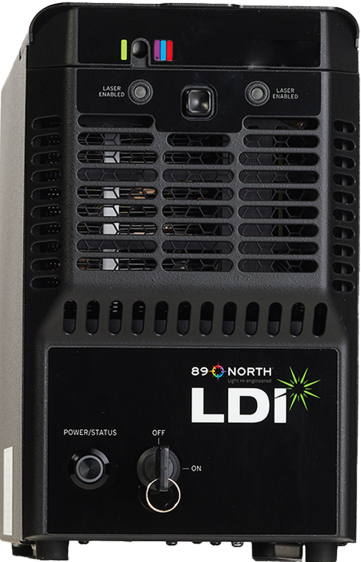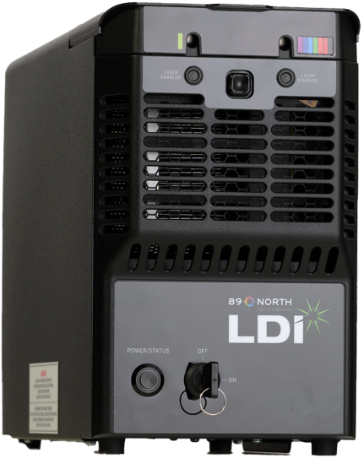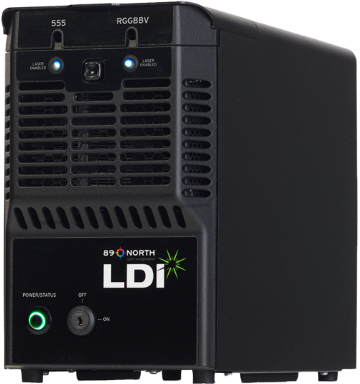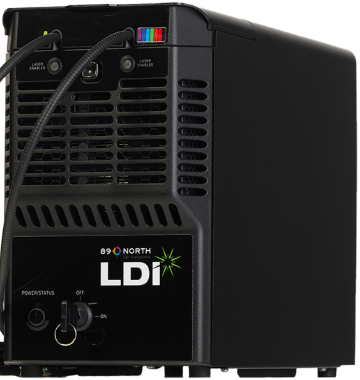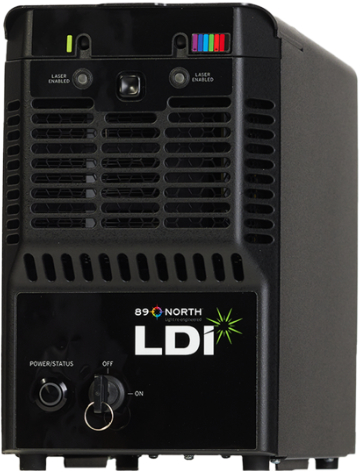89 North Laser Diode Illuminators
BioVision Technologies offers the range of 89 North Laser Diode Illuminators.

A Family of High‐performance Light Sources
The LDI is a multi‐line, solid‐state laser illuminator offering up to 1000 mW of output power via a multi‐mode fiber at the price of a low‐power LED light engine. With feedback‐controlled output stability and up to a 100:1 linear dynamic range, the LDI is the ideal light source for a wide range of applications including spinning disk confocal microscopy, structured illumination microscopy, FRAP, photoactivation/photoconversion, and PALM/STORM.
Scientific Applications
A LDI can be deployed across a wide range of scientific applications and techniques including:
- Spinning Disk Confocal Microscopy
- Super Resolution SIM Imaging
- PALM/STORM
- Optogenetics with a DLP or Multi‐port Illuminator
- Photoactivation/Photoconversion/FRAP
- FRAP with SLM or or Multi‐port Illuminator
Product Line Overview
| LDI is purchased with either 470 nm or 488 nm output | LDI is purchased with either 555 nm or 570 nm output | |||||||||
|---|---|---|---|---|---|---|---|---|---|---|
| 405 nm | 445 nm | 470 nm | 488 nm | 520 nm | 528 nm | 555 nm | 577 nm | 640 nm | 730 nm | |
| LDI 4-series | 300 mW | 1000 mW | 1000 mW | 1000 mW | 700 mW | 400 mW | ||||
| LDI 5-series | 450 mW | 1000 mW | 1000 mW | 1000 mW | 700 mW | 900 mW | 850 mW | |||
| LDI 7-series | 300 mW | 1000 mW | 1000 mW | 1000 mW | 500 mW | 500 mW | 1000 mW | 700 mW | 400 mW | |
| LDI‐NIR | 450 mW | 1000 mW | 1000 mW | 1000 mW | 500 mW | 1000 mW | 700 mW | 900 mW | 850 mW | |
| LDI PRIME | 150 mW | N/A | 800 mW | 600 mW | N/A | 300 mW | ||||
Features and Benefits
High Output Power
- Shorter exposures
- Faster imaging
- Faster activation times in optogenetics and photoactivatin experiments
- Faster bleaching in FRAP experiments
Feedback‐controlled Optical Stability
- Quantitative imaging, ideally suited for ratiometric imaging
- More repeatable optogenetics experiments
Ease of Use
- Ability to turn power down when needed and maintain stability and quantitative imaging
- Up to seven lines covers most of the standard fluorescence probes
- No user alignment
- Easy to use and maintain
